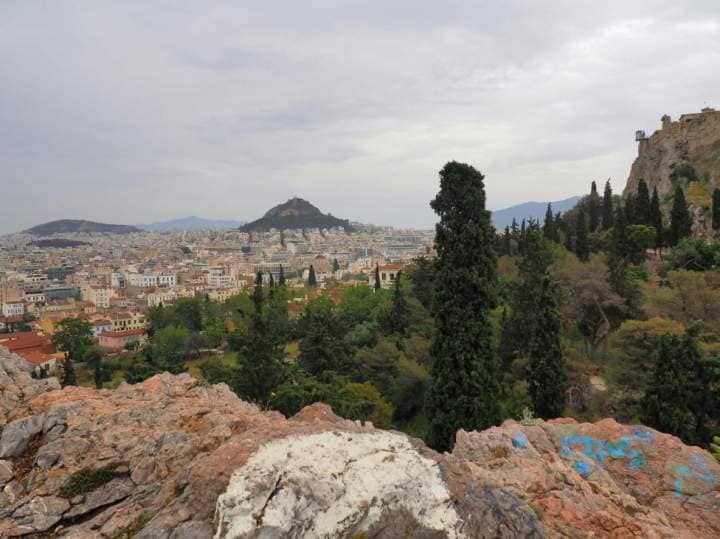The Areopagus is an outcropping of white rocks that is located above the Greek city of Athens. The rocks are still there, and although they may not look like much, they have historical importance. Back in Ancient Greece, the Athenian governing council would meet here to conduct its business.
are still there, and although they may not look like much, they have historical importance. Back in Ancient Greece, the Athenian governing council would meet here to conduct its business.
Here is a look at the history of the Areopagus:
Early History of the Areopagus
The early history of the Areopagus is somewhat unclear, but by the 7th century BC, trials were being held by the Areopagus on the Areopagus. At this time, the Areopagus was tasked with conducting investigations into prospective members of the ruling council, inappropriate behavior by the ruling council’s members, acts that violated the government’s policies, treason, and murder.
In 508 B.C., the ruling council of Athens was restructured to include 50 men from each of the ten clans, but this major change did not seem to affect the duties or structure of the Areopagus. However, around 450 BC, the Areopagus was stripped of all duties other than investigating murders.
Later History and Its Downfall
Rejecting their demotion to just trying murderers, the Areopagus later became very politically active and joined forces with the anti-Macedonian factions. They investigated Demosthenes in 324 BC for treason and bribery and once again became an established part of the ruling council.
After Rome captured Athens in 87 BC, the Areopagus rose in stature and became the de facto ruling body of the city. They ceased to meet on the actual rock outcropping and instead gathered in more conventional locations for council meetings inside government buildings.
The Areopagus is briefly mentioned in the Bible in Acts 17:16-34, which describes a sermon Paul gave while visiting Athens, which converted Dionysius to Christianity. After the fall of Rome in 476 A.D., the Areopagus also ceased.
Famous Stories Associated with Areopagus
Several famous murder trials are said to have been held by or on the Areopagus. Perhaps the most prominent was the god Ares being tried by the other gods on the Areopagus for killing Poseidon’s son, Halirrhothius.
The Eumenides, a tragedy written by Aeschylus in 458 B.C., presents the story of Orestes, who killed his mother and his mother’s lover. The trial of Orestes for these murders was held by and on the Areopagus.
Another famous story recounted by multiple authors describes how Phyrene violated the Eleusinian Mysteries and was subsequently tried by the Areopagus. The Eleusinian Mysteries were yearly initiation rites held by the cult of Demeter and Persephone. This cult is believed to have been based on a very old agricultural religion, and their rituals involved the descent into the underworld (fall), the search (winter), and the ascent (spring).
The spring festival was a major religious ritual in Hellenic Greece, Rome, and the Near East. The exact nature of the Eleusinian Mysteries was kept secret, but the rebirth of Persephone symbolized the flow of life from generation to generation and the possibility of an afterlife.
The Areopagus was a body that enforced the laws of Ancient Greece for around 1000 years. It was established long before the most prominent period of Hellenic Greece and actually outlived Ancient Greece, continuing to promote law and order throughout the Roman era, only to be finally disbanded by the fall of Rome itself.

